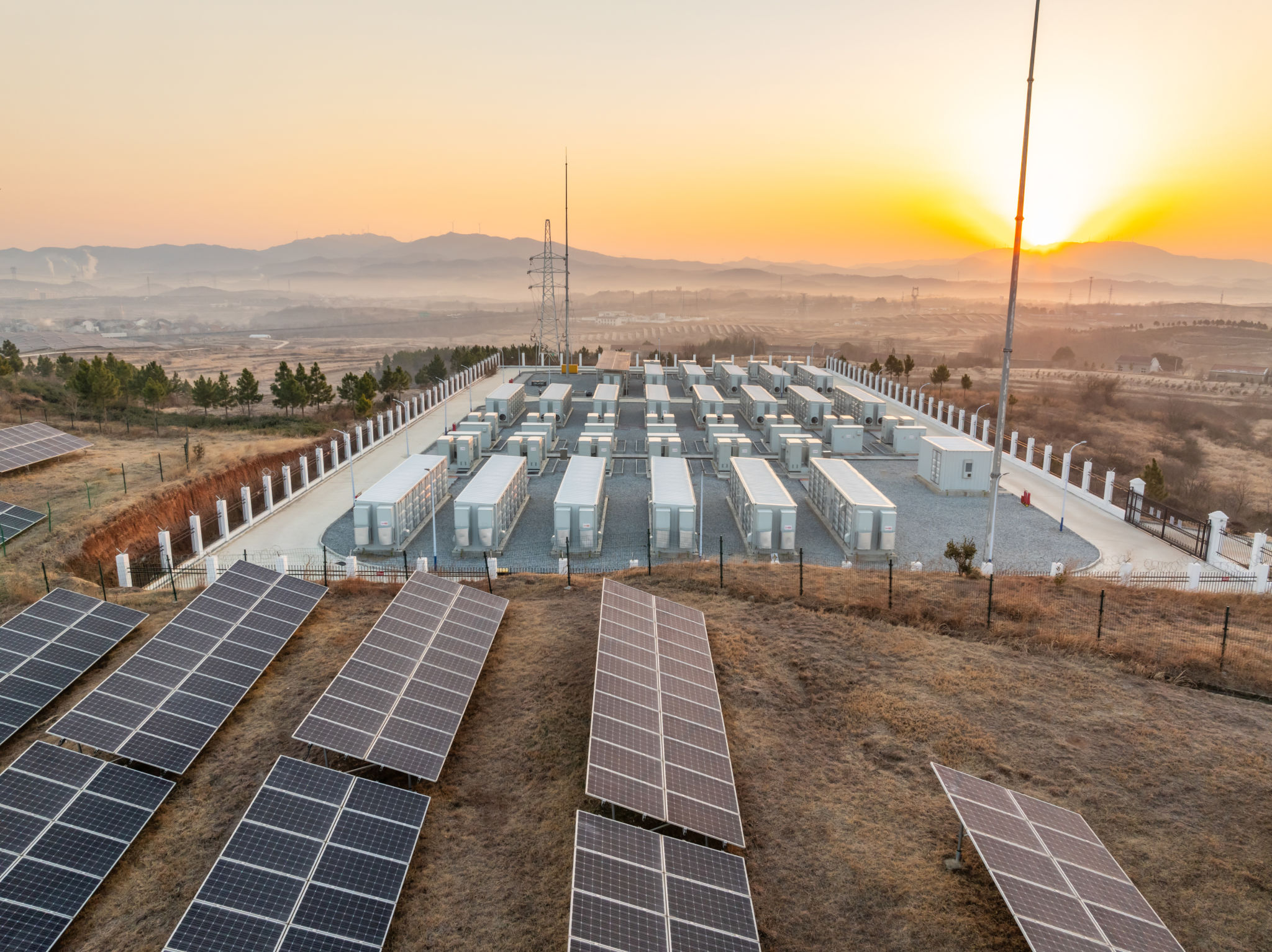Mastering DIY Off-Grid Battery Systems: A Complete Guide
Living off-grid is becoming an increasingly popular lifestyle choice for those seeking independence from traditional energy sources. One crucial component of any off-grid setup is a reliable battery system. Mastering the art of creating a DIY off-grid battery system can be both rewarding and cost-effective, allowing you to harness renewable energy efficiently. This guide will walk you through the essentials of designing and implementing your own system.
Understanding Off-Grid Battery Systems
At its core, an off-grid battery system stores energy generated from renewable sources like solar panels or wind turbines. This energy storage is crucial for powering your home during periods when your renewable sources aren't generating electricity, such as at night or during cloudy days.
The key components of an off-grid battery system include batteries, a charge controller, an inverter, and renewable energy sources. Understanding how these components work together is essential for building a successful system.

Batteries: The Heart of the System
Batteries are the backbone of any off-grid system. They store the energy produced and supply it when needed. There are different types of batteries available, including lead-acid, lithium-ion, and flow batteries. Each type has its pros and cons, such as cost, efficiency, and lifespan.
Lead-acid batteries are the most affordable option but often have a shorter lifespan and lower efficiency compared to other types. In contrast, lithium-ion batteries offer higher efficiency and longer life but come at a higher cost. Carefully consider your budget and energy needs when selecting the type of battery for your system.
Designing Your Off-Grid Battery System
Designing an off-grid battery system requires careful planning and consideration of several factors. Begin by assessing your energy needs. Calculate your daily power consumption by listing all the devices you plan to use and their individual power requirements. This will help you determine the capacity of the battery bank you'll need.

Choosing the Right Charge Controller
A charge controller is essential for regulating the flow of electricity from your renewable sources to the batteries, preventing overcharging and damage. There are two primary types of charge controllers: PWM (Pulse Width Modulation) and MPPT (Maximum Power Point Tracking). MPPT controllers are generally more efficient, especially in systems with fluctuating power inputs from solar panels or wind turbines.
Installing a charge controller that matches your energy generation and battery specifications is crucial for the longevity and efficiency of your system.
Installation Tips
Once you've chosen your components, proper installation is key to ensuring the safety and reliability of your off-grid battery system. Here are some tips to guide you:
- Location: Choose a dry, ventilated space to house your batteries and equipment to prevent overheating and corrosion.
- Cables and Connections: Use appropriately sized cables and secure connections to minimize energy loss and avoid potential hazards.
- Safety Measures: Install appropriate fuses and circuit breakers to protect your system from electrical faults.

Monitoring and Maintenance
A well-maintained system will provide reliable power for years. Regularly check the state of charge of your batteries, inspect connections for corrosion, and ensure all components are functioning correctly. Investing in a monitoring system can help you keep track of your energy production and consumption, allowing you to make informed decisions about optimizing your setup.
By mastering DIY off-grid battery systems, you can take control of your energy needs while reducing your dependence on traditional power grids. With careful planning, the right components, and diligent maintenance, living off-grid can be both sustainable and fulfilling.